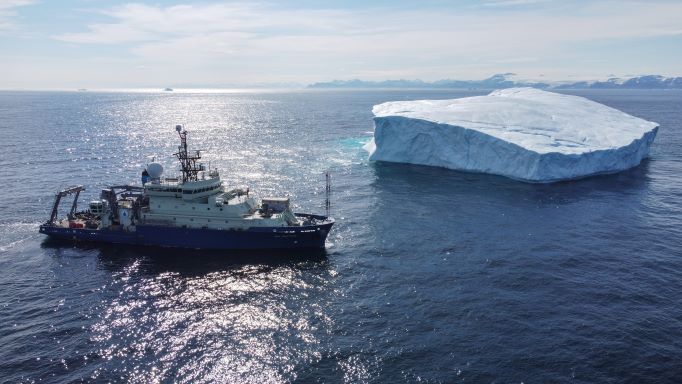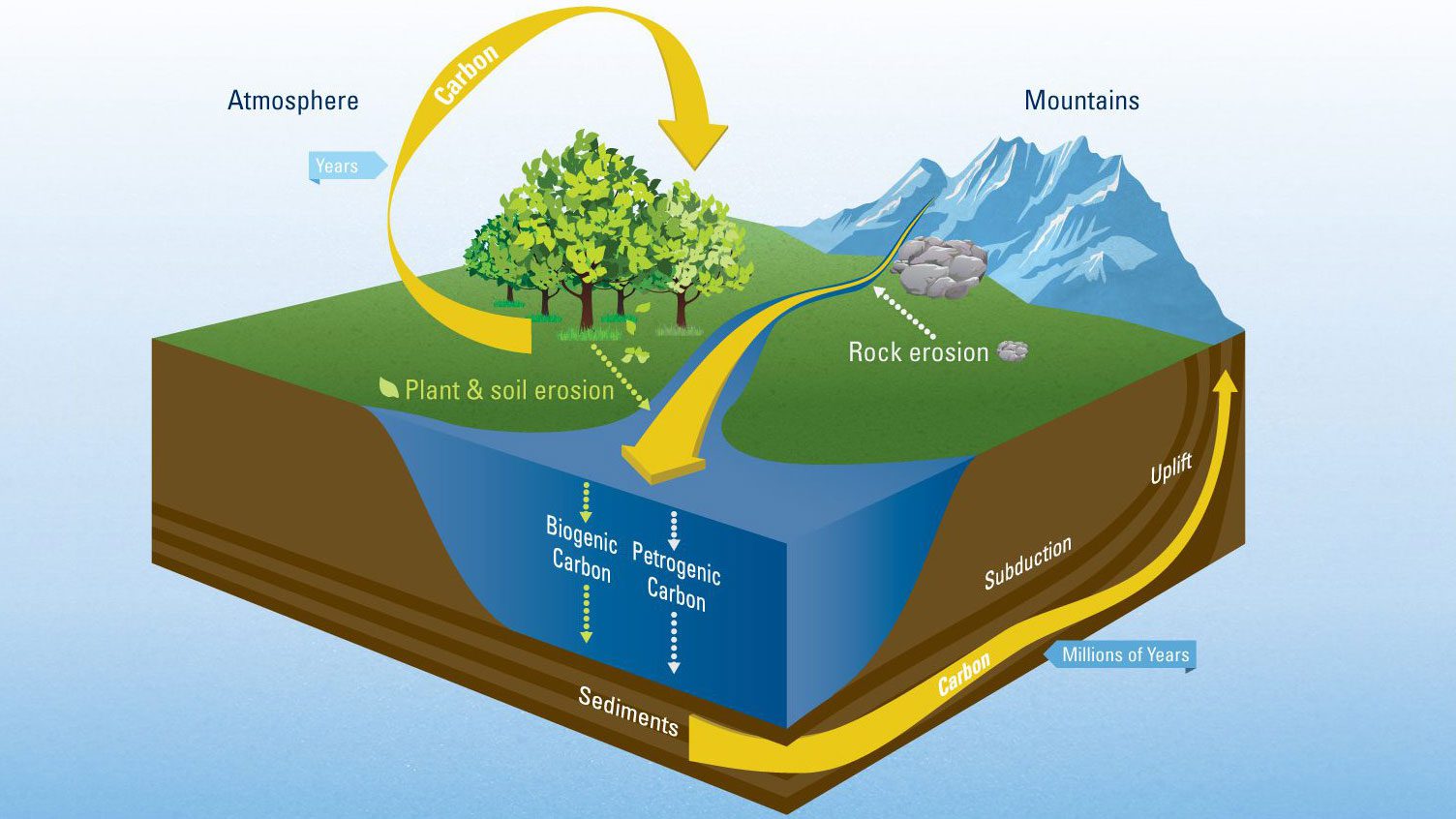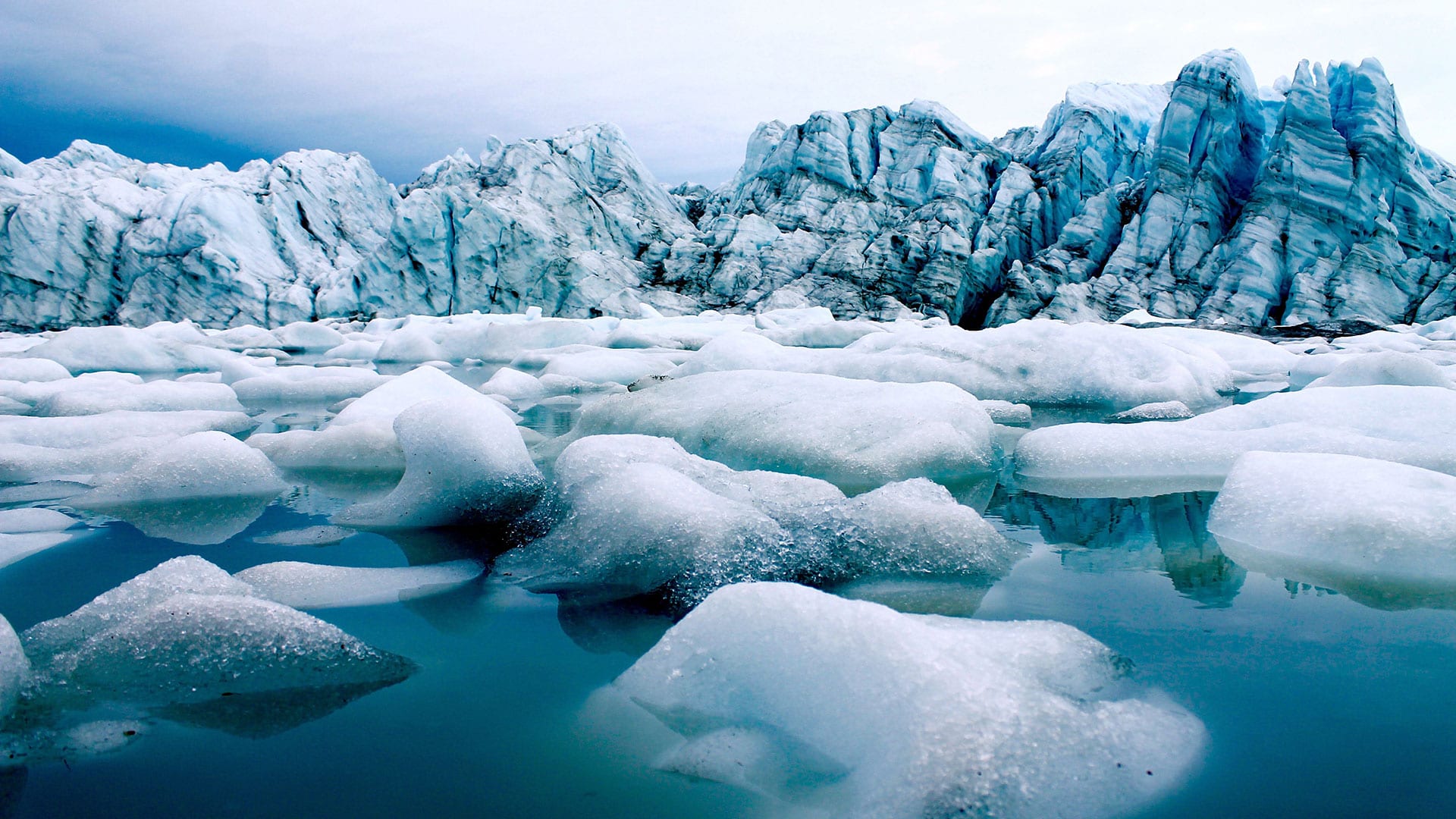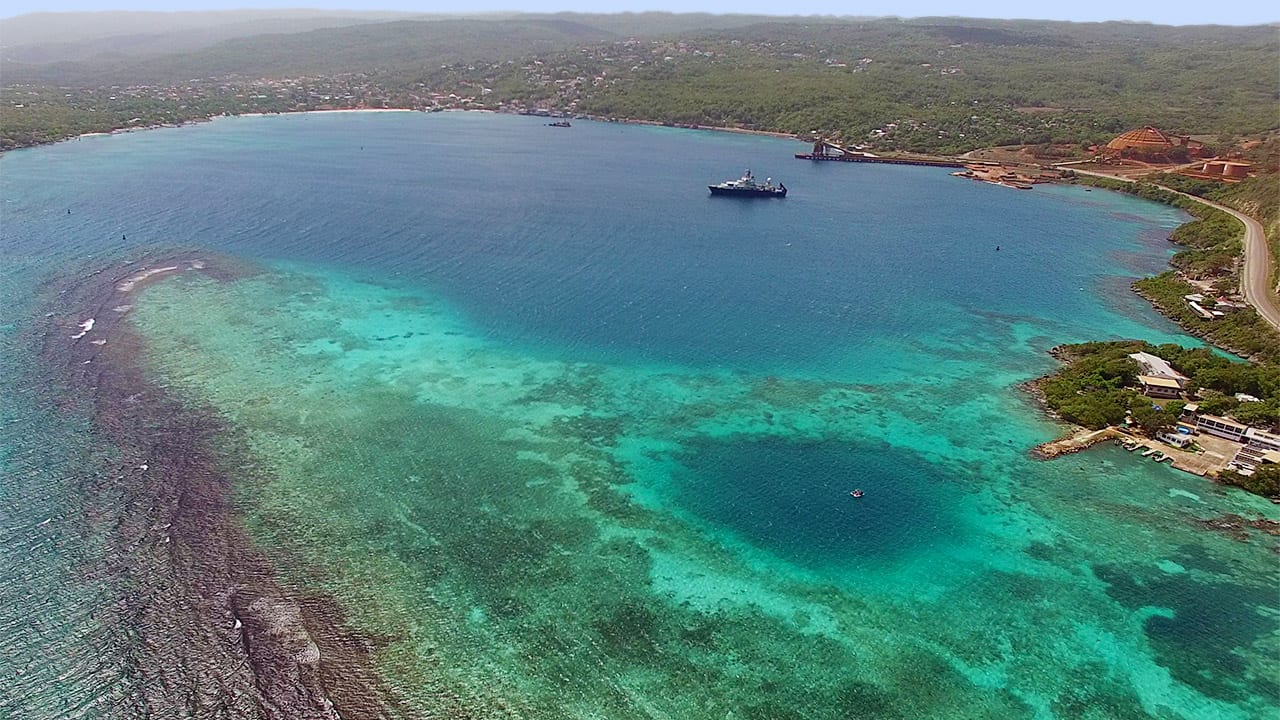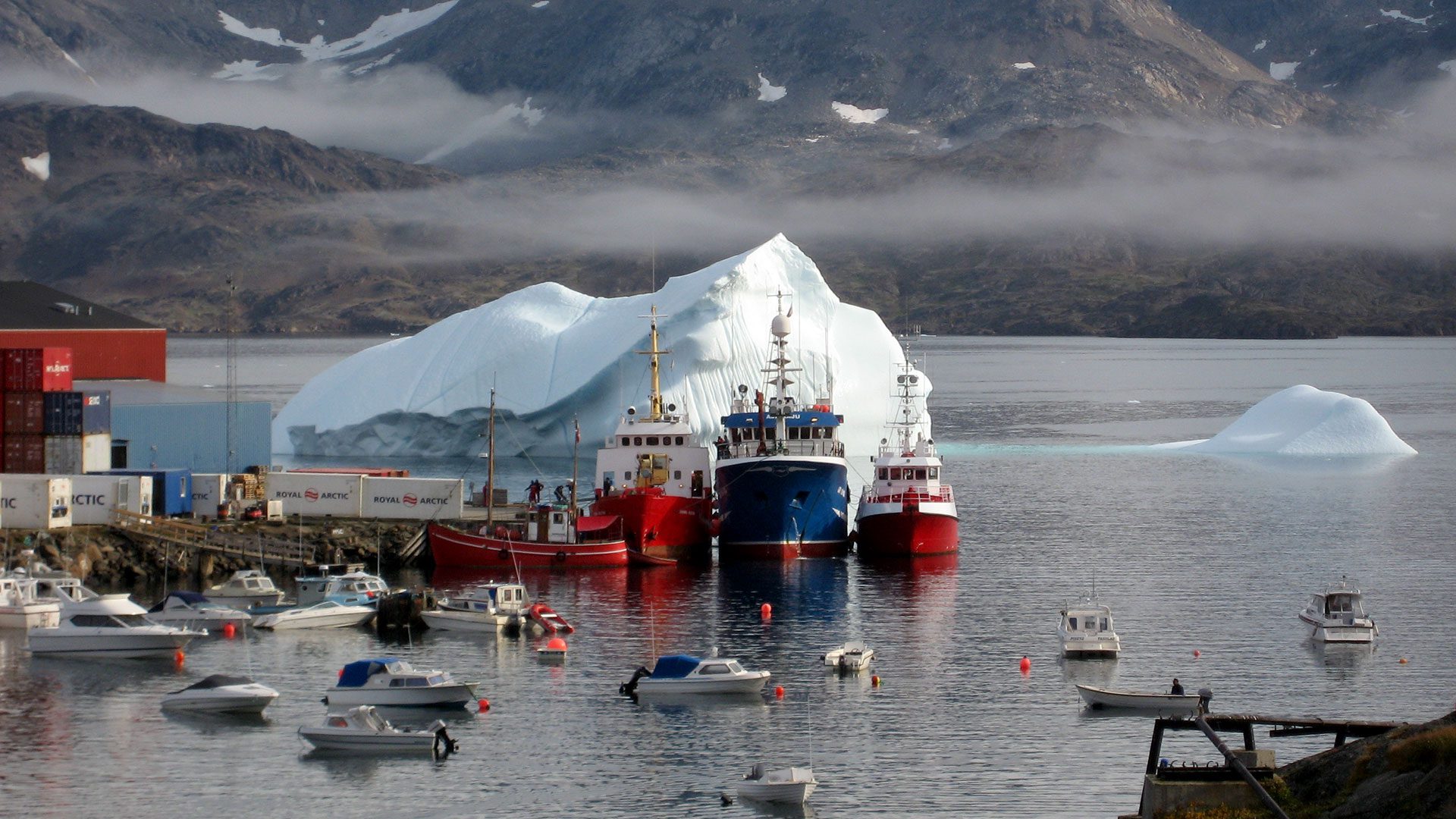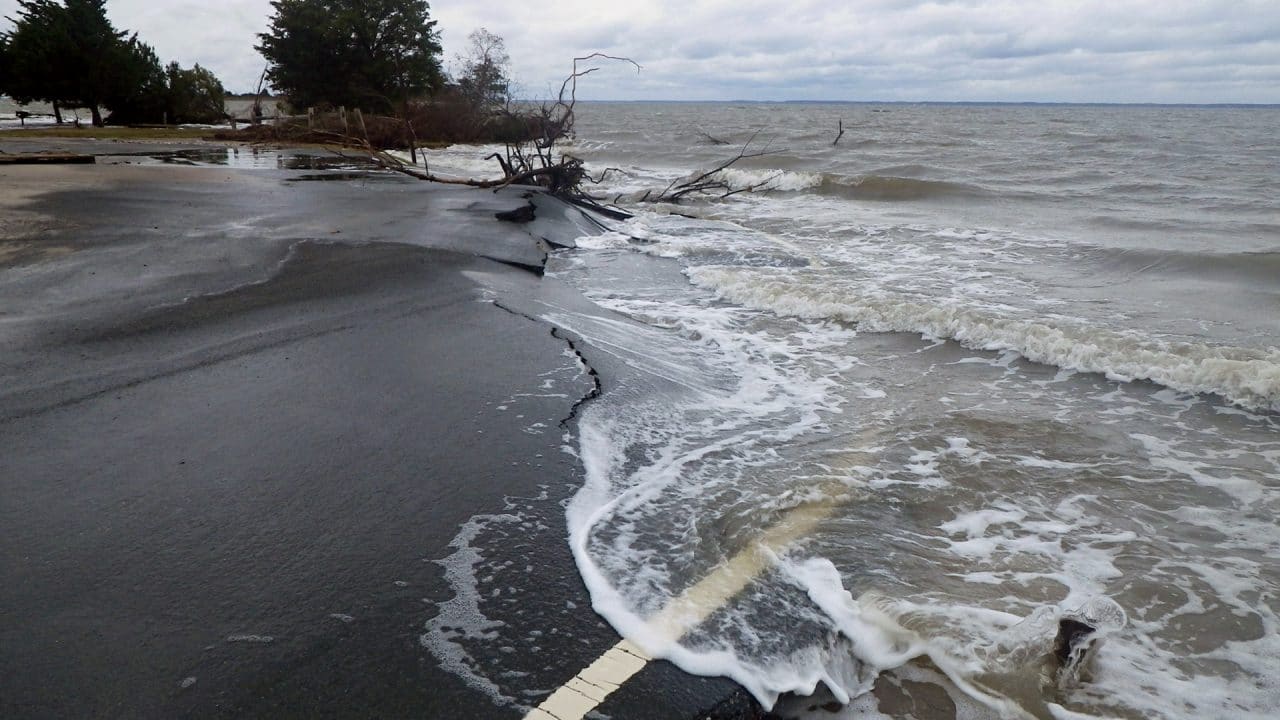The ocean plays a central—yet underappreciated—role in global climate and regional weather patterns, including droughts, rainstorms, and hurricanes.
Through its food webs and chemical reactions, the ocean helps to regulate Earth's climate by taking up carbon dioxide from the atmosphere and moving a fraction of that carbon through the ocean twilight zone to the deep ocean, where it can remain sequestered out of the atmosphere for hundreds or even thousands of years. The ocean also absorbs heat: ocean waters have absorbed most of human-caused global warming.
The ocean also plays an important role in regional weather patterns. The saltiness of surface water in one part of the ocean has been linked to rainfall patterns on land thousands of miles away. Surface water temperature can help predict the intensity of storms—something scientists have learned by launching temperature probes from military aircraft into the path of a hurricanes.
In turn, a warming global climate is affecting the ocean in significant ways, through shifts in major currents, sea level rise, and changes in water temperature, pH, salinity, and productivity. Climate change is visible in Greenland's receding ice sheet and declines in Antarctic wildlife, but also in the "super corals" that have found the means to survive in a warming ocean. The ocean preserves records of past changes in climate and weather—in its sediments, in coral skeletons, and even in whaling log books—just as present-day commercial fishers bear witness to ocean warming and its impacts on fisheries.
Using sophisticated computer models, satellite remote sensing, and long-term datasets, scientists can analyze interactions between the ocean and the atmosphere to better understand climate and weather patterns on a variety of timescales. Climate change is the environmental crisis of our time, and understanding the ocean's role in climate is essential to mitigating its impacts—for our ocean, our planet, and our future.
Abrupt Climate Change
Human activity is putting slow, inexorable pressure on the planetary system that governs Earth's climate. This is raising concerns that the climate could respond in abrupt and unexpected ways, shifting temperature or precipitation patterns in ways that may make it difficult for human society to adapt.
Blue Carbon
Blue carbon refers to the atmospheric carbon captured and stored by the ocean in various ecosystems and organisms. This activity mitigates the effects of climate change by storing carbon for long periods, often thousands of years or more. The tidal marshes, mangrove forests, and seagrasses found in coastal areas hold the most blue carbon, but marine organisms and biological processes in the open ocean also sequester carbon.
Climate Change
Earth naturally warms and cools over hundreds to thousands of years or more. But the onset of human activities requiring fossil fuels since the mid-eighteenth century—the dawn of the Industrial Revolution—is warming Earth at an unnatural rate. Changes to temperature, humidity, and precipitation that used to take place over hundreds of years now occur over decades.
Ocean Warming
Increasing ocean heat is closely linked to increases in atmospheric greenhouse gas concentrations, making the ocean an excellent indicator of how much Earth is warming. Since 1971, the ocean has absorbed 90 percent of the excess heat added to the atmosphere by burning fossil fuels and other human activities.
Dive deep into our Ocean and Climate issue
Want to dive deeper into ocean-climate connections? Browse the latest “Ocean and Climate” issue of WHOI’s flagship magazine, Oceanus. You’ll meet scientists and engineers at the forefront of climate research, and join them as they follow ocean currents, drill into melting sea ice, and track particles of carbon from surface waters through the twilight zone and down to the ocean bottom. In these pages, our researchers share their first-hand experiences of climate change and its impacts—and their hopes for the future.

